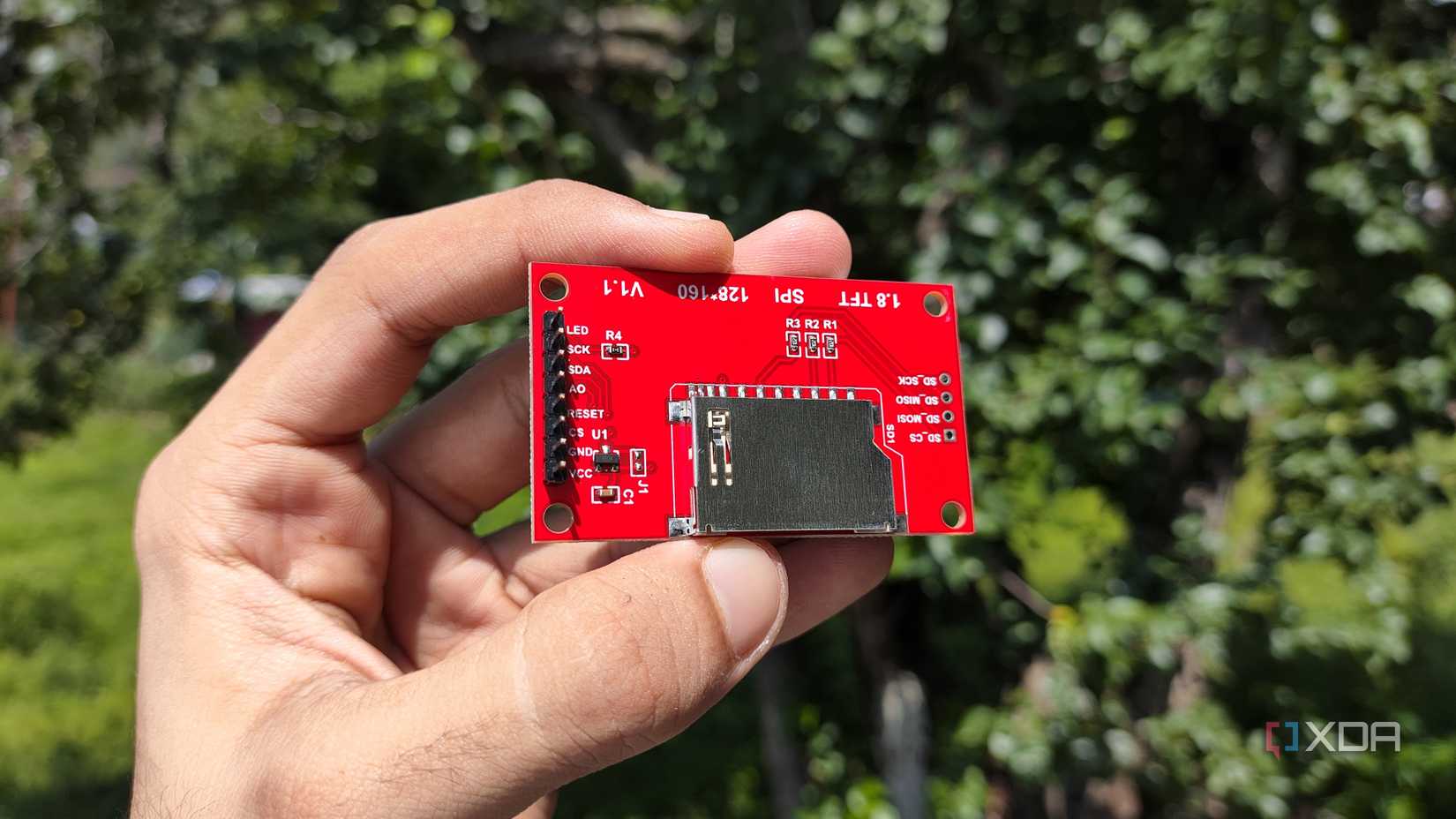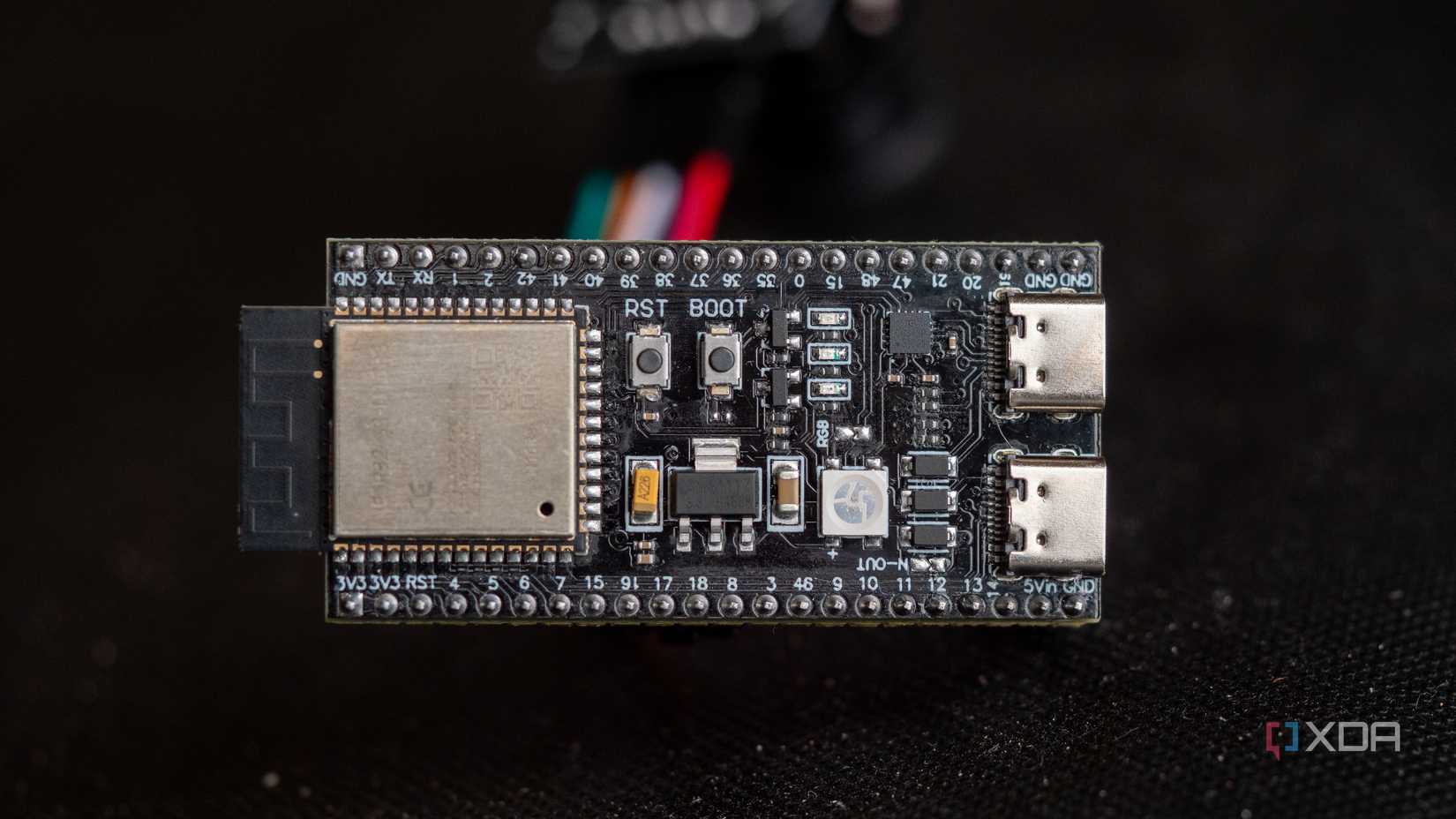Abhishek is an author at XDA who covers computing.
He has loved computers since he got the Lenovo G570 in 2012. Abhishek holds a master's degree in computer applications and began his writing career in 2018. He loves writing how-to articles, listicles, and informational posts on popular operating systems and web services.
He closely follows the Windows Insider program and tests new Insider builds to discover upcoming experimental features and upgrades. His past work includes long-term collaborations with reputed publications like Tom's Hardware, and Windows Latest.
When not writing anything, he is busy watching new episodes of One Piece or searching for something binge-worthy.
Custom smart home dashboards on an external screen reduce the need to access the actual system. You can create stunning dashboards that display all your metrics on a small screen, which sits on your desk, your bedside stand, or the kitchen countertop, and is easily accessible. Adding a touchscreen to the mix allows you to interact with the dashboard and control all the connected devices. The first impulsive thought that comes to mind is using an old phone or a tablet, or purchasing a low-spec one to serve as a dashboard display. However, it isn't always a wise choice.
Using a mobile phone or tablet as a dashboard has its pitfalls, including poor customizability, high power consumption, power wastage, risk of electronic damage, and financial waste. Instead, an ESP32-powered touchscreen can avoid most problems and is highly integrable with any Home Assistant setup. Let's discuss why ignoring a tablet and picking an ESP32 display is a good idea while building an interactive smart home dashboard.
Fewer apps and restrictions
Easy to set up
If you use a tablet, be it an Android or an iPad, you're confined to the capabilities of the OS and apps. Apart from the Home Assistant app, you need the Fully Kiosk Browser and lockdown to make the device act as a dashboard completely. The latter allows you to confine the tablet to your custom dashboard, preventing any apps from taking over. It mimics the design of a smart home kiosk that focuses only on home/room devices.
An ESP32-powered display can do all this without forcing you to set up multiple apps. You don't need to lock out functionality or waste a tablet’s performance just to display a dashboard. All programming happens inside the Home Assistant setup, and you can control what cards, buttons, and options appear on your dashboard.
Since ample ESP32-powered touch displays are available now, you don't need to worry about setting up a circuit, figuring out voltage, and pairing the microcontroller with a display. The entire setup is available as a single unit, and some models even feature speaker and microphone ports, which are helpful for voice assistant features.
Cost-effective
A lean, budget-friendly setup

Unless you have a secret contact to buy used yet working tablets on eBay, using one as your smart home dashboard display can cost upwards of $100. Yes, cheaper and used tablets are available, but those will struggle to run apps, and the dashboard interaction won't be as smooth as expected.
An ESP32 display has no heavy operating system, such as Android, running in the background. It has the sole purpose of displaying whatever you ask and doing what each button is mapped to. So, you can get by with the limited computing power of the ESP32 and still have stunning and interactive dashboards. Moreover, its exceptional integration with Home Assistant means you can directly install the ESPHome Device Builder and configure the microcontroller within the app.
A small 5-7-inch display with ESP32 and other connection options won't cost more than $50 and still serve all your needs. You can invest the rest in other home automation sensors and gadgets rather than spending solely on a tablet that’ll become slow with each new OS update.
A battery is a burden
Always being powered on isn't good

Newer gen tablets offer overcharge protection, but they still aren't designed for always-on use cases. Old tablets don't provide this battery protection, and that's a concern. These features are available on high-end tablets, and I doubt you'll use an expensive tablet as a dashboard.
You can set the tablet's screen to always-on mode with Fully Kiosk Browser, but the battery isn't ready for this test. It will continue to deteriorate and swell to the point where it becomes unusable due to continuous charging. On the other hand, an ESP32 display is directly powered by a 5V USB cable, and you don't need to worry about battery threats.
An old phone charger will be enough for all its power needs. Also, you'll sleep or leave your home comfortably because there's no unwanted battery-associated risk. You don’t need to complicate your setup and think of ideas to automate the charging or figure out the current battery state.
Extensively customizable and power-frugal
Tweak to your heart’s content
The introduction of the LVGL libraries makes customization even better than you think. You aren't confined to the same mundane layout, appearance, or design, and can style elements as you wish. If you want better graphical performance, choose a model with better specs. The ESP32-S3 can help you achieve stunning dashboards for your Home Assistant setup or other projects, like displaying essential PC stats.
I also like the power-frugal nature of ESP32, which makes it fit for such projects where its only task is to display and interact with connected devices. A small display with the microcontroller won’t surge your electricity usage by a noticeable margin.
ESP32 dashboards trump old tablets
A low-power display with granular customization is exceptional as a dashboard setup. You can get displays in multiple sizes, from small to large, and place them in various locations, with custom pages. Most offer easy wall mounting and don’t force you into learning circuitry before starting a project. There are even options that connect directly to a wall outlet, eliminating the need to plug into a USB. Do give the ESP32 displays a try.
.png)












 English (US) ·
English (US) ·